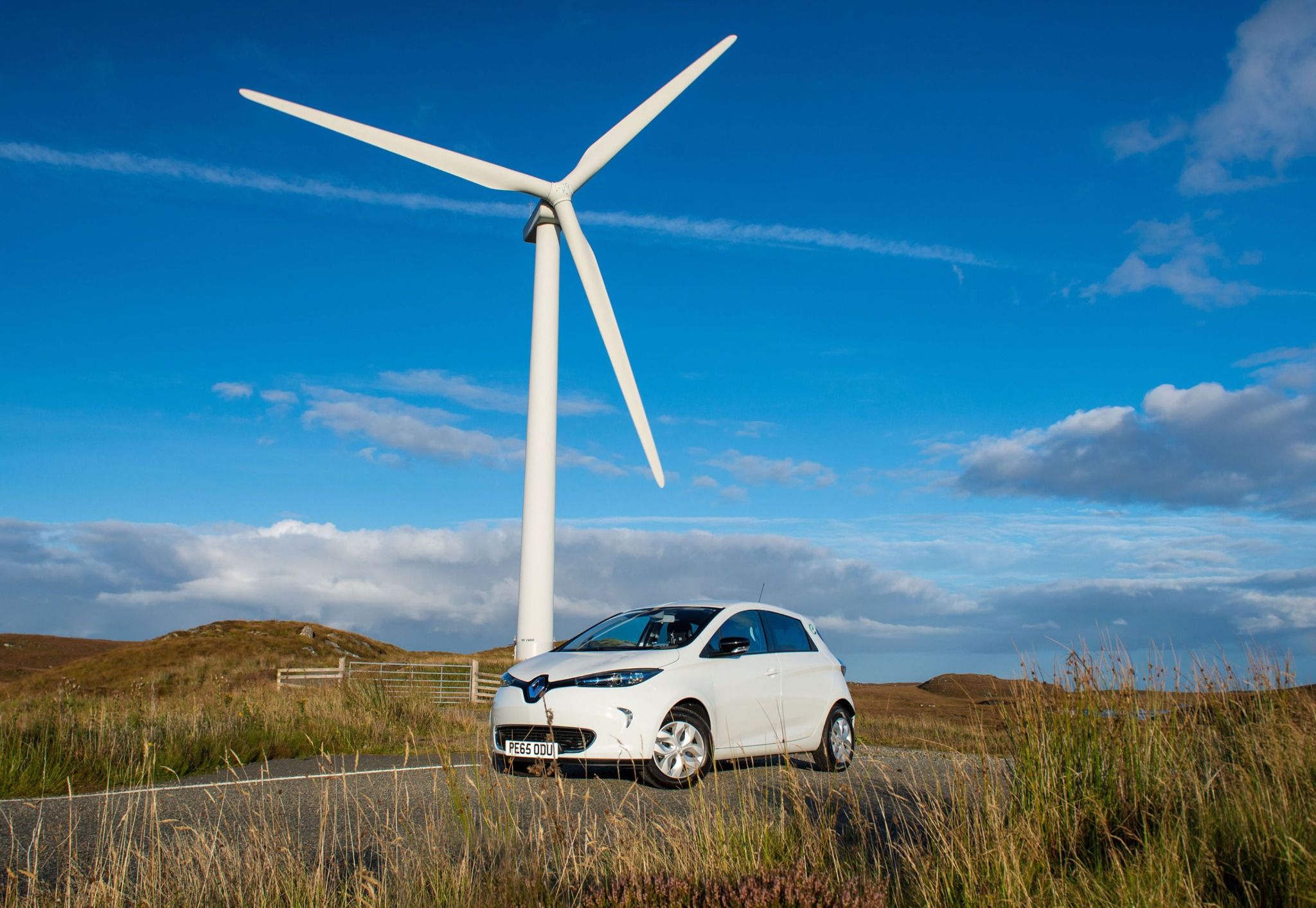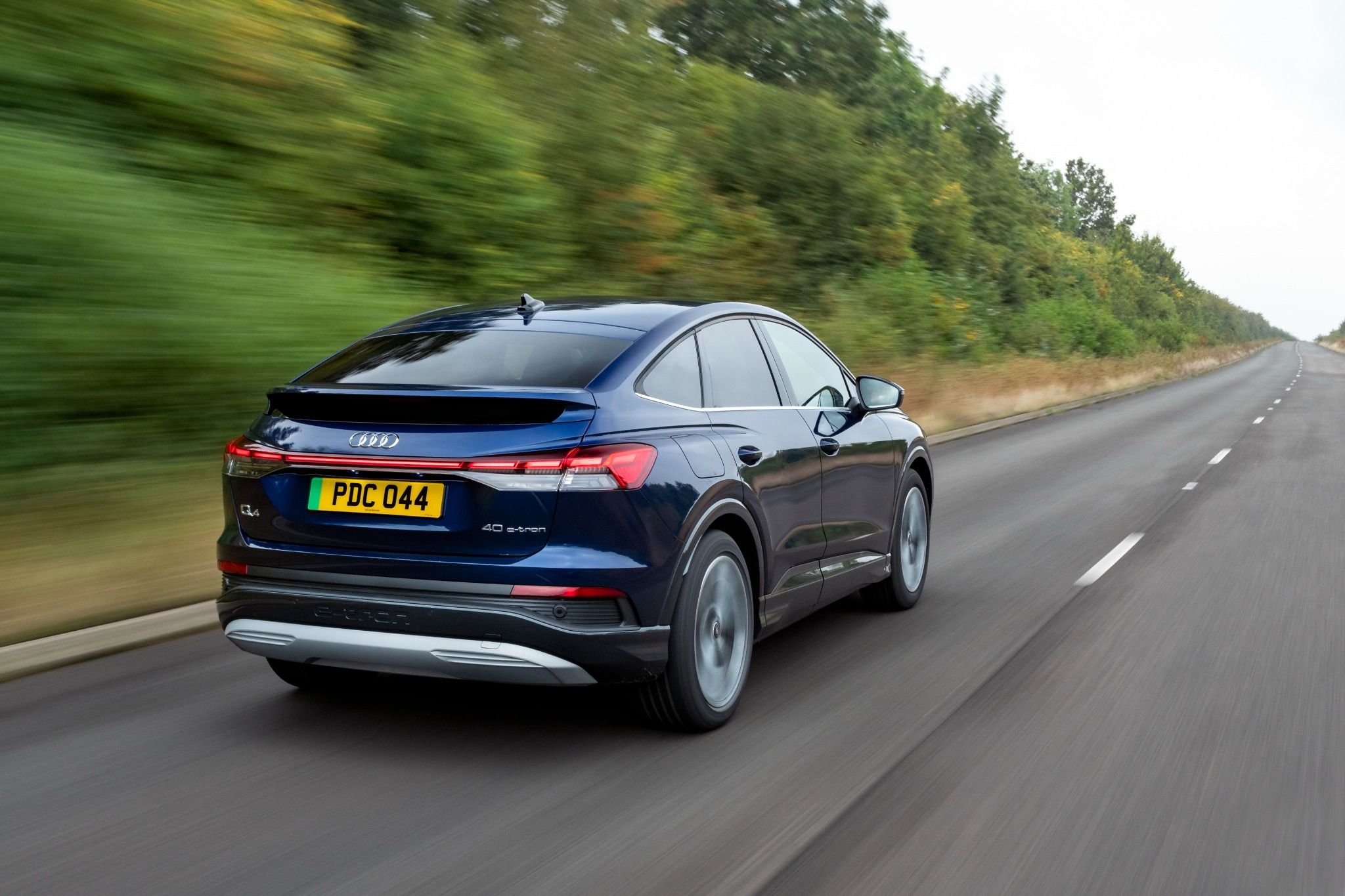In the pursuit of a sustainable future, electric vehicles (EVs) have emerged as the shining beacon of hope, promising a cleaner, greener, and carbon-neutral transportation revolution. However, as we continue to embark on this transformative journey towards electric mobility, our team at Swansway decided to explore one crucial question.
When are electric vehicles truly carbon neutral?
EVs vs. ICEs: Carbon Footprint Comparison
We thought a good place to begin was discussing the carbon footprint difference between the average EV and the average ICE engine. A comparative analysis revealed that EVs outperform their petrol/diesel-powered counterparts over their entire lifetime, even when accounting for emissions generated during manufacturing - something we talk about a little further on.
The Environmental Protection Agency (EPA) confirms that the greenhouse gas emissions associated with an electric vehicle are ‘typically lower than those from an average ICE vehicle.’ This advantage stems from EVs producing significantly fewer emissions during operation, quickly offsetting any additional carbon emissions during the production phase.
On average, ICE vehicles operate at a mere 40% efficiency, with a significant 60% of energy lost to heat and friction. This inefficiency results in higher energy consumption compared to electric counterparts.
In stark contrast, EVs boast a higher energy efficiency, transferring more battery-stored energy into actual propulsion, allowing them to cover the same distance as ICE vehicles while using quite a bit less energy. This not only reduces running costs for EV owners but also strengthens the case for their role in achieving a greener and more sustainable automotive future.
But does the production of EVs make a difference?
It's in the production phase where the carbon neutrality of EVs encounters some complexities. Although they make up for it in operation efficiencies, there’s no getting around the fact that, compared to traditional ICE vehicles, EVs have a production footprint roughly double in size. Researchers at McKinsey & Company even stated that ‘An EV has roughly double the production footprint of a typical internal-combustion-engine (ICE) vehicle.’
A major contributor to this disparity is the materials and energy required for manufacturing their batteries.
EV batteries containing nickel, manganese, cobalt, lithium, and graphite emit substantial greenhouse gases during mining and refining processes. Moreover, the production of anode and cathode active materials demands energy-intensive processes at high temperatures, further adding to the carbon emissions during battery manufacturing.
But does it really make that much difference? It doesn’t seem to. In an article posted by The New York Times, Eric A. Taub states that though ‘it’s true that the production of a E.V. causes more pollution than a gasoline-powered counterpart, this greenhouse-gas emission difference is erased as the vehicle is driven.’

Assessing the Carbon Emissions During Vehicle Operation: Beyond the Tailpipe
Assessing the carbon emissions during vehicle operation is another crucial aspect of evaluating environmental impact. EVs, plug-in hybrid electric vehicles (PHEVs), and hybrid electric vehicles (HEVs) present eco-conscious alternatives with lower tailpipe emissions compared to conventional vehicles. Running solely on electricity, they produce zero tailpipe emissions, significantly reducing local air pollution. This should give great hope for the future of highly polluted cities.
Evaluating a vehicle's life cycle emissions must also encompass a broader perspective. Beyond tailpipe emissions, the pathways for fuel and electricity involve upstream emissions. These encompass the entire lifecycle of the fuel, from extraction and refining to production and transportation.
While ICE vehicles generate emissions from drilling, refining, and distributing gasoline, EVs' upstream emissions are linked to electricity generation, transmission, and distribution processes.
Does location make a difference?
The impact of location on EVs' carbon neutrality is crucial to consider. In regions with coal-intensive electricity generation, the benefits of EVs can diminish or be negated, as charging them predominantly with coal-derived electricity may lead to higher emissions than efficient ICE vehicles.
On the other hand, regions with a cleaner energy mix, sourced from renewables like wind, solar, hydro, or nuclear power, unlock the true potential of EVs as a low-carbon transportation solution, significantly reducing lifecycle emissions and contributing to meaningful greenhouse gas reductions.
So, are EVs really carbon neutral?
As we work towards a greener tomorrow, integrating cleaner energy sources and fostering advancements in EV technology are vital in achieving a truly carbon-neutral EV revolution. It won’t be long before EV’s reach complete carbon neutrality all the way from the factory to the motorway, and we can’t wait to watch it all unfold.
If you are looking for your very own EV, or new car in general, you should take a look through our huge and varied range of cars for sale. You’re not far off from finding your next ride!
